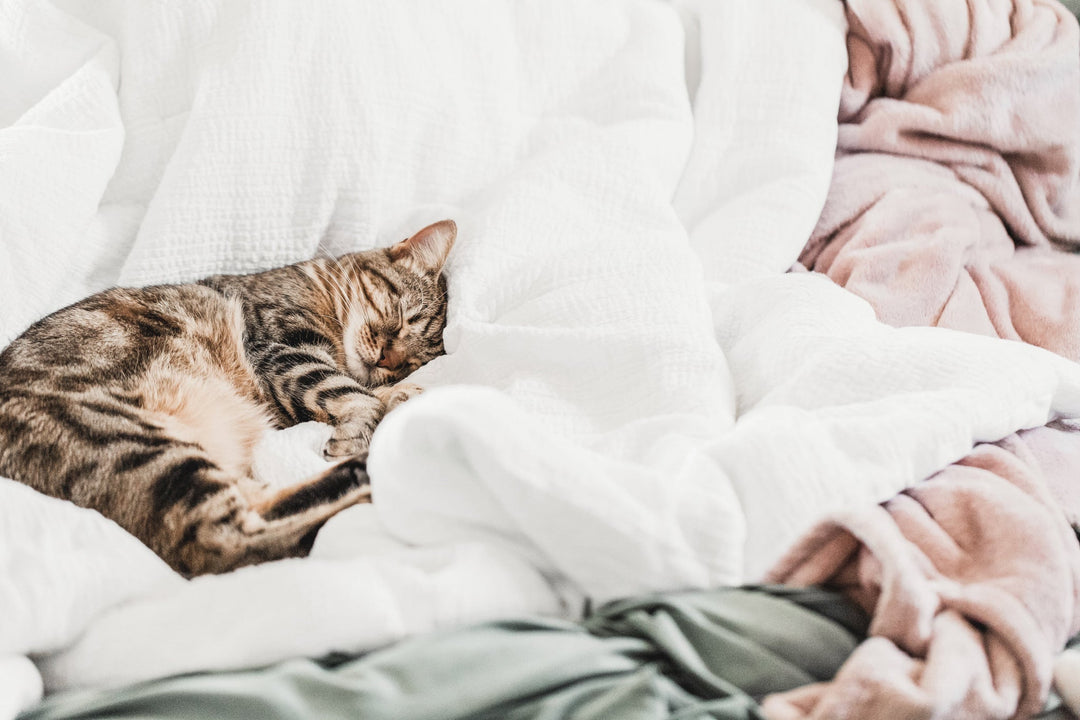What to do when a client enters your professional photo in a contest or submits to a magazine or newspaper
Topic: Copyright
Time Investment: 8 Minutes
Suggested Product: Ultimate Copyright Kit
Sometimes, you have a client who is so excited and proud of the work you have created capturing them, their family, or their life, that they submit your images to a contest or to a magazine or newspaper for publication.
They may not have ill intent, but nevertheless, you open a publication only to find your work included without your permission or prior knowledge. They may even be confused about why you would have any issue with their actions at all or not understand the implications of their actions.
Educate your clients
One of the ways photographers are able to help prevent situations like this is to clearly articulate the limits to the licenses granted to clients up front. You may decide that explicitly including a clause in the licensing agreement describing the explicit prohibition of submission of your copyrighted photographs to contests or for publication and explaining this clause at the time of signing or product delivery may help clients understand the limits of their use of images. At the very least, it will open a dialogue about the topic.
Client enters your photograph
If you have not taken the step of educating your clients, and you do find yourself in a situation where a client has entered your photographs in a contest or has submitted them to a magazine or newspaper and they have been printed, what can you do?
One first step is to contact the client and ask them to confirm if they submitted the photo themselves. If yes, and you are not in agreement with this, ask them to request withdrawal of the image from the contest within 24-48 hours, or contact the editor to request withdrawal. If you are okay with the submission but they have not credited you, contact the editor first by phone and then in writing to request crediting and a copy of the terms and conditions. Be aware that by requesting credit, rather than withdrawal, you are likely providing an implied license to the competition organizer to make use of your work – and you may not be able to sue for copyright infringement as a consequence.
If your image is published in a magazine and newspaper, contact the editor and ask for crediting and/or send an invoice for publication of your images. See also the article on dealing with copyright infringement for sample emails and information on how to calculate an invoice.
Be aware that the magazine or contest organizer may claim that the photo was submitted with a waiver that the submitter had the appropriate rights to do so. This might mean that they will claim that the client (if they submitted) is the one who needs to pay. Even if this is their response, you can still follow through on your infringement claim against the publication – if they believe they have indemnity, it will be up to them to enjoin the submitter. Don’t make their problem your problem! You can still submit an invoice, submit a takedown notice if it was published online, and commence proceedings with the assistance of an Attorney.
Register your images
It is important to note that unless you have registered the copyright for the image or images you will not be able to recover as much in the way of damages as without. You can, however, register copyright within 60 days of first publication, so go and register as soon as possible – especially if it is a major publication. It is also more likely that an attorney will be worth engaging if it is a major publication. Remember that you don’t need to register copyright to assert copyright infringement, it is just that the amount of damages you are able to be awarded will not be as much.
Entering your own photographs
In any case, while we are on the subject, let’s also talk about things to think about if you choose to enter your own photographs in a contest. Firstly, read the fine print. As much as that might sound boring, it is essential that you read and understand what you are agreeing to by entering the competition. Be cautious about entering “rights-grabbing contests” – sometimes the simple act of entering these kinds of contests means that you have given the contest organizers the right to do anything they want with your images. This could include re-selling them, re-publishing them, or using them in advertising or marketing campaigns, or materials for free without any acknowledgment, credit, or further compensation. The commercial motivation for the creation of “rights-grabbing contests” is the resulting library of images that can be used in a variety of ways. They are rarely, if ever, about promoting excellence in the field of photography.
In summary
While this is not an ideal situation, consider ways in which you can leverage the situation for the benefit of your business. Be aware of granting implied licenses by virtue of communicating that you do not object to the use of your images – in requesting credit rather than removal or invoicing for the use of the images with an additional fee for using the images without permission. Ultimately, it is important to clearly educate your clients about copyright, not just as a community service but for the protection of your photography business. Many issues that arise through the unwitting actions of your clients can be mitigated, avoided, or resolved with high quality and clear client education and defined business documentation.



